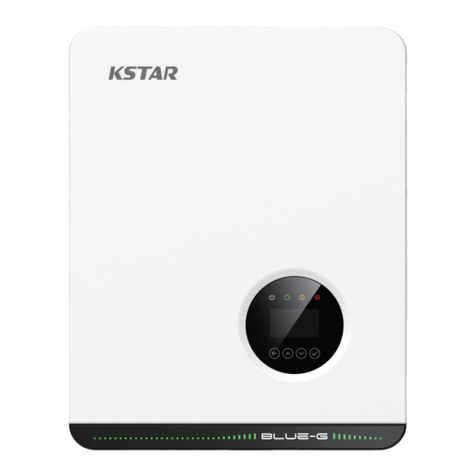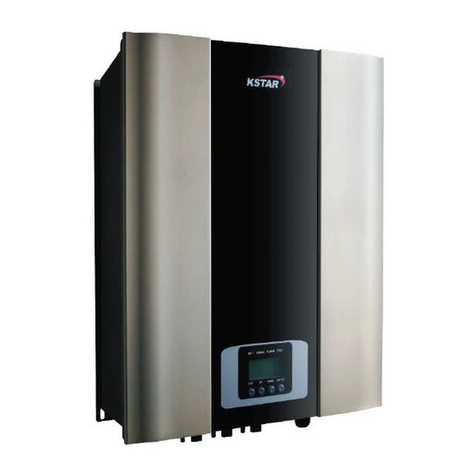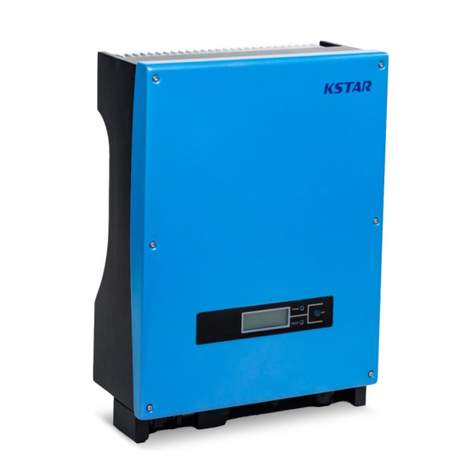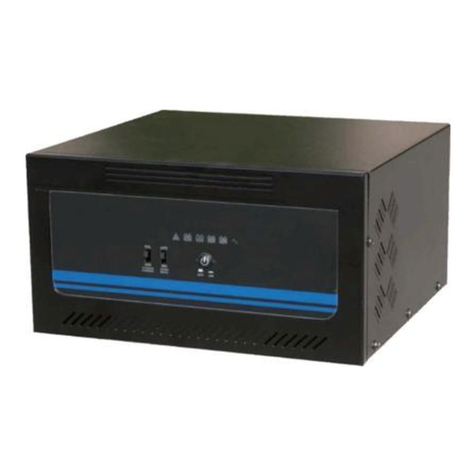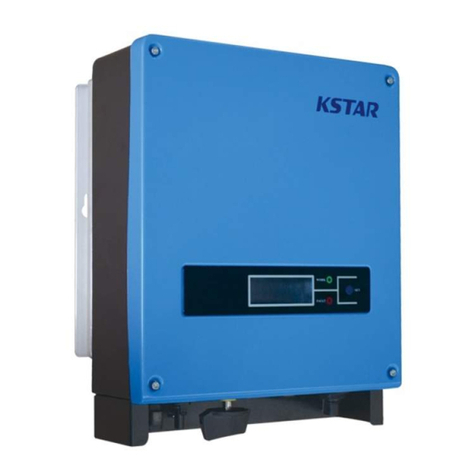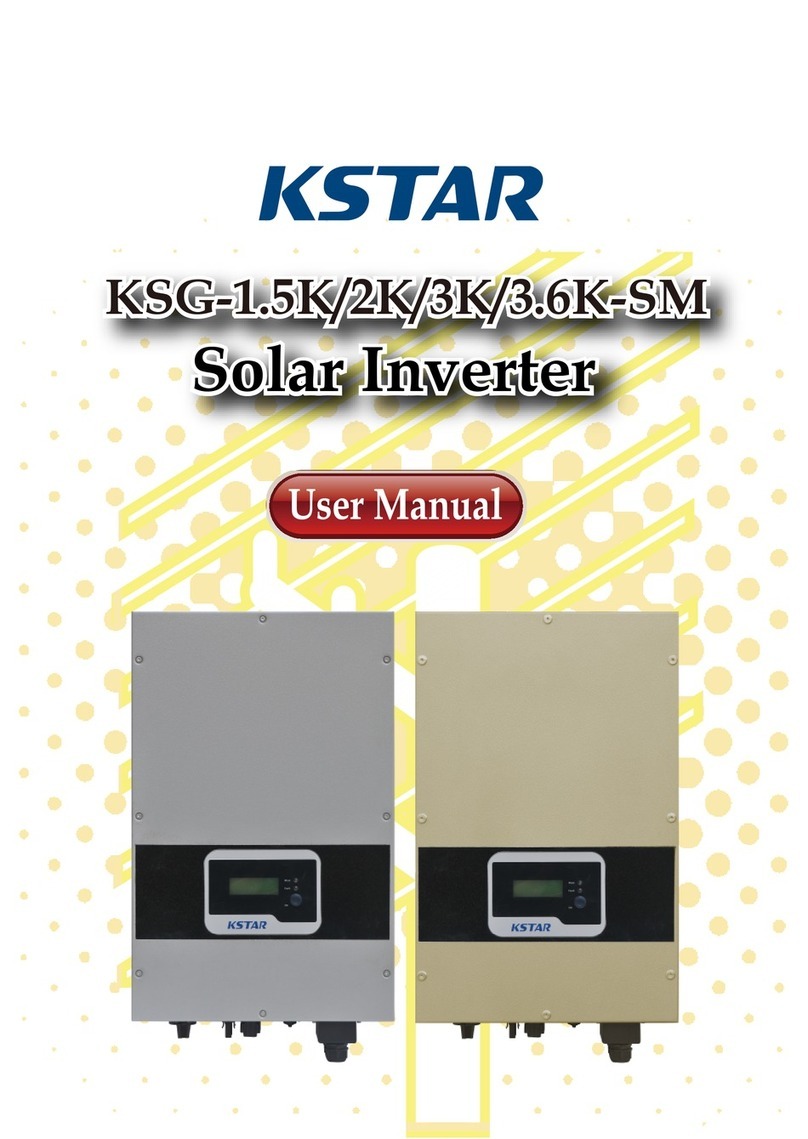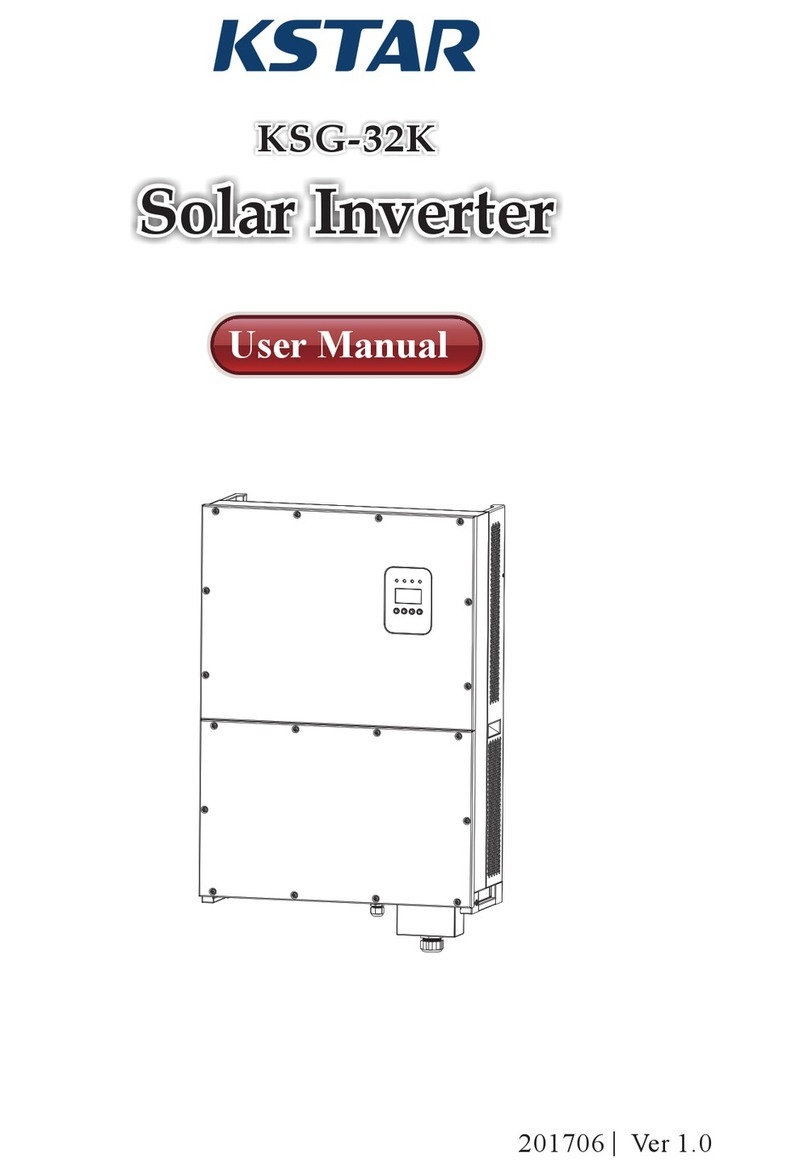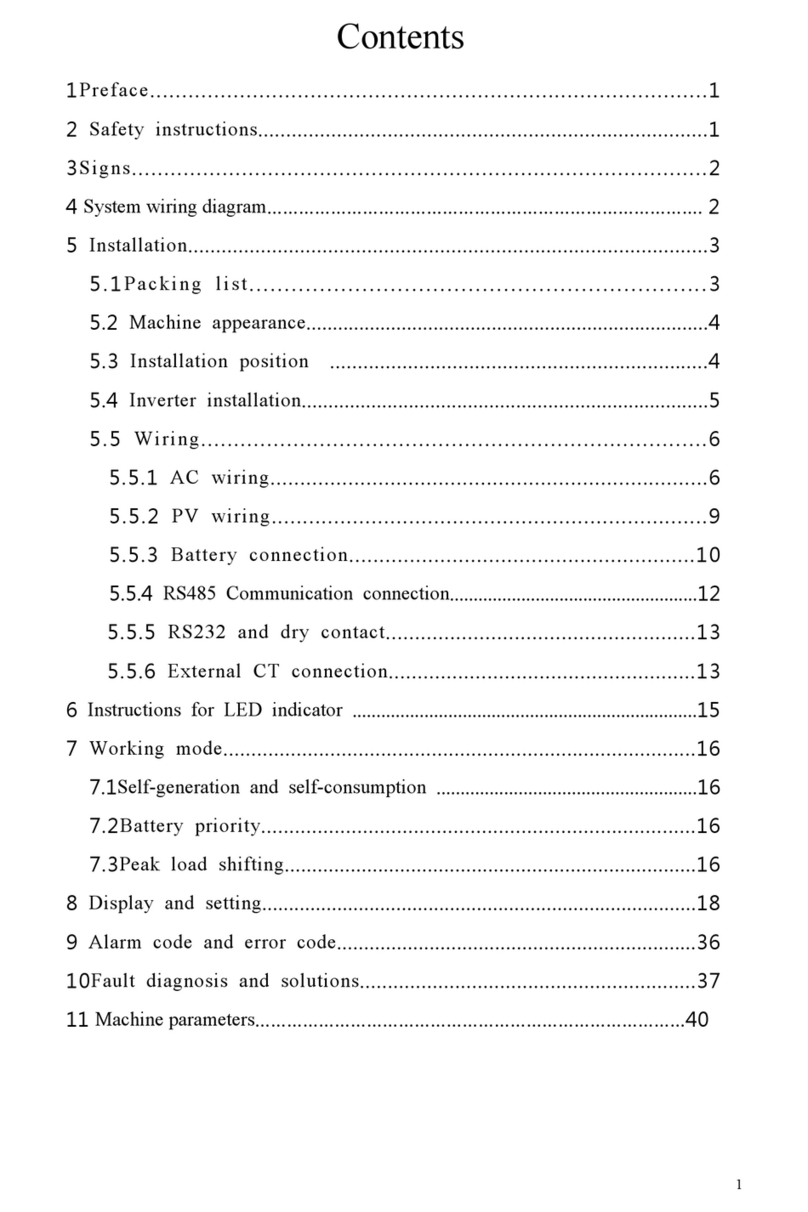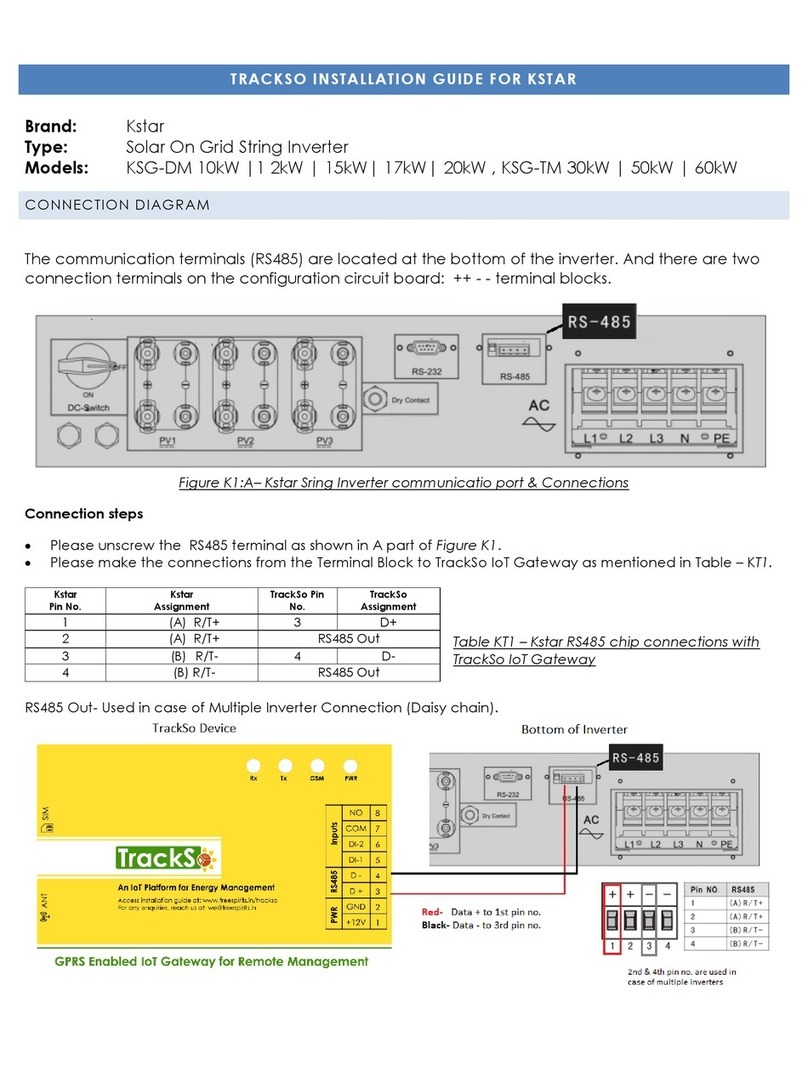
Ⅵ Ⅶ
4.4.1 Manual Transport ............................................................................19
4.4.2 Hoisting Transport ...........................................................................19
4.5 Dimensions of mounting-bracket ..............................................................20
4.6 PV Bracket-Mounted Installation ...............................................................21
4.6.1 Preparation before Mounting .............................................................21
4.6.2 Mounting Steps ................................................................................21
4.7 Wall-Mounted Installation ........................................................................23
4.7.1 Preparation before Mounting .............................................................23
4.7.2 Mounting Steps ................................................................................23
5 Electrical Connection 26........................................................................26
5.1 Safety Instructions ..................................................................................26
5.2 Terminal Description ...............................................................................26
5.3 Electrical Connection Overview ................................................................28
5.4 Additional Grounding Connection .............................................................30
5.4.1 Additional Grounding Requirements ..................................................30
5.4.2 Connection Procedure ......................................................................30
5.5 Opening the Wiring Compartment .............................................................31
5.6 AC Cable Connection ..............................................................................32
5.6.1 AC Side Requirements .....................................................................32
5.6.2 Requirements for OT/DT Terminal .....................................................34
5.6.3 Aluminium Cable Requirements .........................................................34
5.6.4 Connection Procedure ......................................................................35
5.7 DC Cable Connection ..............................................................................38
5.7.1 PV Input Configuration .....................................................................39
5.7.2 Connection Procedure ......................................................................40
5.7.3 Installing the PV Connectors .............................................................41
5.8 RS485 Communication ............................................................................42
5.8.1 Interface Description. .......................................................................42
5.8.2 RS485 Communication System .........................................................42
5.8.3 Connection Procedure(Terminal Block) .............................................43
5.9 PLC Communication Connection ..............................................................45
5.10 ...................................45Wiring of Tracking System Power Cable(Optional)
5.11 Closing the Wiring Compartment ............................................................46
6. ...................................................................................47Commissioning
6.1 Inspection before Commissioning...........................................................47
2 Commissioning Procedure.....................................................................47 6.
7. Bluetooth APP Settings....................................................................48
7.1 Overview...............................................................................................48
7.2 APP download........................................................................................48
7.3 Bluetooth connection..............................................................................48
7.4 Basic information interface......................................................................50
7.5 Query interface.......................................................................................51
7.6 Setting interface......................................................................................51
7.6.1 Set page information.......................................................................53
7.6.2 Related parameters setting interface................................................54
7.6.3 Set parameter information...............................................................55
7.7 Statistics interface.................................................................................58
8 System Decommissioning. .........................................................................59
8.1 Disconnecting the Inverter ........................................................................59
8.2 Dismantling the Inverter ...........................................................................60
8.3 Disposal of the Inverter .............................................................................60
9 Troubleshooting and Maintenance. ......................................................61
9.1 ......................................................................................61Error and alarm
9.1.1 Inverter system error type analysis and solution.................................62
9.2 .......................................................................................65Error and alarm
9.2.1 Routine Maintenance y......................................................................66
9.2.2 Maintenance Instruction ...................................................................66
10 Appendix. ...............................................................................................69
10.1 Technical Data .......................................................................................69
10.2 Quality Assurance ..................................................................................71
10.3 Contact Information ................................................................................71

